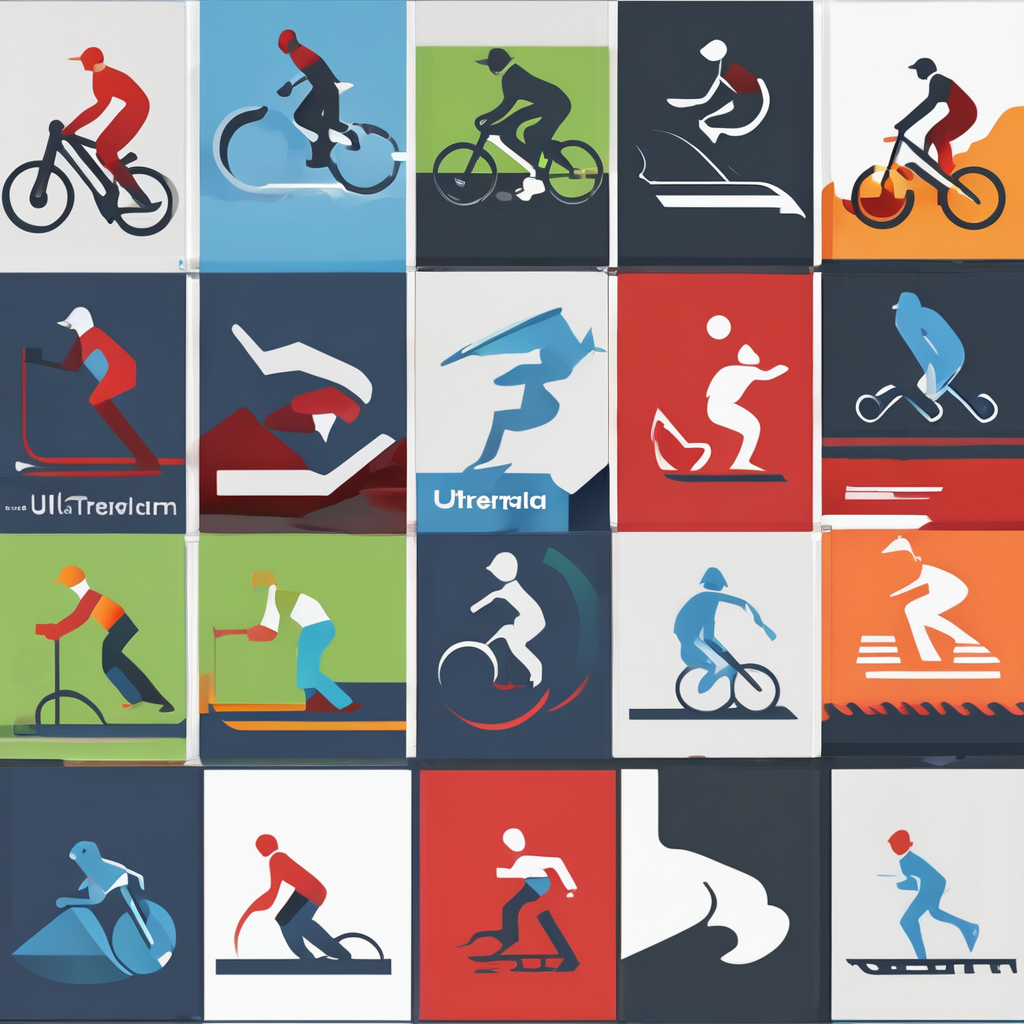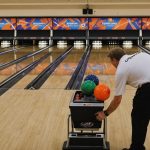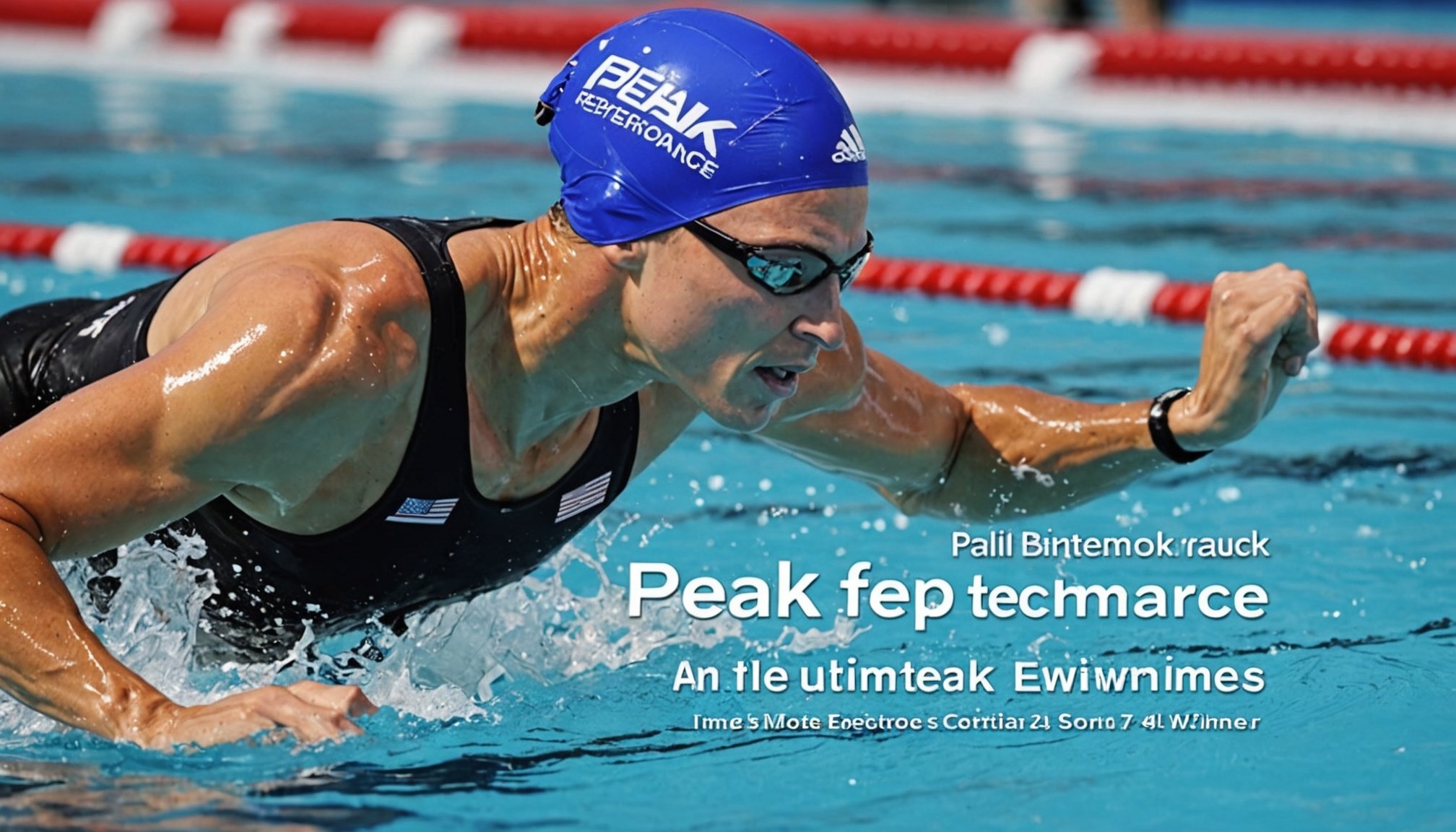Overview of Competitive Swimming Strokes
Mastering various swimming strokes is crucial for competitive swimmers who aim to excel in races. Understanding different stroke techniques doesn’t just add versatility but significantly enhances performance in the pool. An array of strokes includes freestyle, breaststroke, backstroke, and butterfly, each bringing its unique challenge and rhythm.
The freestyle stroke, often favoured for its speed and fluid motion, requires a balance of arm strokes and leg kicks. Meanwhile, the breaststroke demands precise timing with its sweeping arm movements and glide phase. As for the backstroke, maintaining a straight body position and effective rotation is key. Finally, the butterfly stroke is celebrated for its powerful body undulation, requiring precise coordination of arm and leg movements for smooth execution.
Also read : Explore top-rated gel fire guns for thrilling adventures!
Stroke technique plays a pivotal role in a swimmer’s overall performance, as even minor adjustments can lead to significant gains in speed and efficiency. Swimmers regularly focus on improving stroke mechanics to reduce drag and maximise propulsion in the water. Therefore, dedicated practice, combined with effective coaching, can lead to notable improvements and competitive success. It’s a strategic approach to swimming that blends physical skill with technique enhancement.
Freestyle Technique
Freestyle swimming, known for its speed and fluidity, is a foundational stroke in competitive swimming. Understanding the core stroke mechanics is vital for enhancing performance and achieving significant speed enhancement.
In the same genre : Ultimate guide to preventing muscle cramps for long-distance runners during races
Key Mechanics of Freestyle
Freestyle swimming involves coordinated arm movements, efficient breathing, and powerful leg kicks. The arm movement should resemble a windmill motion, with one arm pulling underwater while the other recovers above the water. Proper breathing involves turning the head to the side during alternate stroke cycles, ensuring minimal disruption to speed. The kick originates from the hips and is characterized by a flutter motion, which aids in maintaining body position and propelling the swimmer forward.
Common Mistakes in Freestyle
A common error in freestyle is excessive head lifting during breathing, disrupting body alignment and causing increased drag. Additionally, poor kick technique, such as kicking from the knees instead of the hips, often slows swimmers down.
Drills to Improve Freestyle Performance
To refine freestyle technique and boost efficiency, swimmers can practice drills such as the catch-up drill, focusing on one arm stroke before the other, and the single-arm drill, isolating each arm for improved coordination. By incorporating these drills consistently, swimmers can enhance their speed and efficiency, gaining a competitive edge.
Breaststroke Technique
Breaststroke requires precise timing and a unique interplay between the arms and legs for optimal performance. This stroke stands out due to its distinct glide phase, where timing is everything.
Mechanics of Breaststroke
Understanding the breaststroke mechanics is pivotal for competitive swimmers. The arm pull initiates the stroke with a heart-shaped motion, creating slight resistance just as the head surfaces to breathe. Following this, the legs execute a whip-like kick synced with the arms returning to a streamlined position. This kick timing is crucial, as it determines the effectiveness of forward propulsion during the glide phase. The swimmer’s body should remain as horizontal as possible throughout the sequence, reducing drag.
Common Mistakes in Breaststroke
Frequent errors include mistimed kicks, leading to inefficient propulsion and poor body position. Often, swimmers also fail to stretch during the glide, losing valuable momentum. Rectifying these involves focusing on synchronising the arm recovery with the kick and extending the body fully during the glide.
Drills for Breaststroke Improvement
To perfect breaststroke mechanics, swimmers can engage in drills like the “one-pull, two-kick” to enhance timing and rhythm. Another effective drill is the breaststroke sprint, promoting swift, powerful movements without sacrificing technique.
Backstroke Technique
Backstroke swimming is a distinctive stroke featuring a dynamic blend of body position and rotational movement, often misunderstood yet vital for competitive success. Its unique aspect involves swimming on one’s back, demanding different skills and awareness compared to other swimming strokes.
Understanding Backstroke Mechanics
The hallmark of effective backstroke swimming lies in maintaining an aligned body position and mastering a smooth, rhythmic rotation. Swimmers should lie flat on their backs in the water, keeping their head steady, with eyes gazing upwards. The arms should perform a continuous circular motion, entering the water with a slight pinky-first angle to minimize resistance. Meanwhile, a flutter kick should be maintained from the hips, aiding propulsion and body stability.
Common Errors in Backstroke
Errors in backstroke can hinder performance significantly. A prevalent mistake is bending the knees too much during the kick, causing drag and slowing progress. Another common issue is inadequate stroke rotation, which limits efficient power transfer. To correct these, swimmers should focus on keeping leg movements smooth and continuous, ensuring their arms fully extend during each stroke cycle.
Drills to Enhance Backstroke Skill
To refine backstroke technique, drills are invaluable. Exercises such as vertical kicking help build leg strength and improve kick efficiency, while shoulder rotation drills focus on achieving a fluid rotational movement. Both drills contribute to an improved backstroke execution, increasing competitive edge.
Butterfly Technique
Butterfly swimming is renowned for its demanding nature and impressive display of strength and skill. This stroke stands out due to its distinctive body undulation and precise breath control.
Key Elements of Butterfly
In butterfly swimming, mastering the body undulation is paramount. This involves a wave-like motion initiated from the chest, flowing seamlessly through the hips and legs. The arms execute simultaneous, powerful sweeps above the water surface, transitioning into a forceful pull underwater. Breath control is critical, achieved by inhaling quickly as the head rises at the end of each stroke cycle.
Typical Mistakes in Butterfly
A common mistake in the butterfly is mistimed undulation, which can lead to inefficient energy use. Swimmers frequently overexert their legs or fail to maintain a smooth rhythm, leading to fatigue. Also, improper breath timing can disrupt flow and cause unnecessary drag.
Drills for Butterfly Development
To refine butterfly technique, specific drills are essential. The “dolphin kick drill” focuses on developing a fluid undulating motion. Practicing single-arm butterfly allows swimmers to concentrate on perfecting arm technique and breath timing. Consistent practice of these drills leads to improved fluid motion and enhanced breath control, crucial for mastering the butterfly stroke.
Injury Prevention Strategies
Swimming injuries can significantly affect a swimmer’s progress and ability to compete. Understanding common injuries and their causes is crucial for prevention. Typical injuries in competitive swimming include shoulder tendinitis, often due to repetitive overhead movements, and lower back pain from improper technique or overtraining.
Prevention strategies begin with recognising the importance of proper warm-up and cooldown routines. A thorough warm-up increases blood flow to muscles, enhancing flexibility and reducing the likelihood of strains. Cooldowns aid in recovery, preventing stiffness and soreness after intense sessions.
Incorporating safe practices into daily training is pivotal. These include ensuring correct stroke mechanics to avoid undue stress on joints, as well as integrating cross-training exercises to strengthen supporting muscles and improve overall conditioning. Swimmers should also pay attention to their body’s signals, taking rest days when necessary to avoid overuse injuries.
To further reduce injury risk, swimmers can apply targeted exercises focusing on strengthening and stabilisation. Shoulder stability exercises and core strengthening drills are beneficial as they fortify muscle groups susceptible to strain. Thus, integrating these injury-prevention tactics into regular training is essential for sustaining long-term performance and competitive success.
Mental Strategies for Swimmers
Achieving mental performance excellence is as essential as physical prowess in competitive swimming. Swimmers often adopt various focus strategies to enhance their racing mindset and maintain concentration.
Techniques for Mental Preparation
Before any race, mental preparation techniques are critical. Visualization allows swimmers to mentally rehearse their race, identifying key moments to focus on their stroke or turn. Positive affirmations are also powerful, helping athletes bolster self-confidence and create a winning mindset. This positive self-talk primes the swimmer to approach their race with determination and assurance.
Building Resilience and Managing Anxiety
In high-pressure situations, building resilience is crucial. Resilience training involves practising stress-reduction techniques, such as controlled breathing, which helps regulate heart rates and focus. Managing performance anxiety ensures that swimmers maintain mental clarity and composure during competition.
Ultimately, fostering a strong athlete mindset is about consistently practising these mental strategies. With regular application, swimmers can improve both their mental and physical performance, setting the stage for greater competitive success. This dual focus equips swimmers with the skills necessary to tackle both the challenges of the sport and the mental barriers that arise during competition.
Expert Insights and Interviews
In the competitive swimming realm, expert swimming tips can be invaluable. Engaging with professional swimmers and coaches provides unique insights into stroke techniques and performance enhancement strategies. Interviews with elite swimmers often shed light on their training regimes, mental preparation, and overcoming challenges. Their journeys to success reveal practical tips that aspiring swimmers can implement to improve their own skills.
Interviews with Elite Swimmers
Top swimmers frequently share their experiences, emphasizing dedication and consistency in training. They often highlight the importance of personalized training programs that address individual strengths and weaknesses, illustrating how such focus can lead to significant performance enhancement.
Insights from Coaches and Trainers
Prominent coaches and trainers offer expert advice on refining stroke techniques. Their insights can inspire athletes to pursue structured training methods, emphasizing the need for continual feedback and adjustments. Practical advice often includes tips on optimizing land-based training to complement pool workouts, covering both physical and mental aspects of competition readiness.
Advice for Competitive Success
Advice from these professionals significantly impacts competitive swimming trends, focusing on sustainable improvement. Emphasizing strategy over mere endurance underscores the holistic nature of training. They advocate for the balance between intensity and recovery, aiming to cultivate an environment that enhances natural talent and resilience in swimmers.
Injury Prevention Strategies
Competitive swimming often leads to various injuries but recognising and maintaining effective prevention strategies can significantly mitigate these risks. Swimming injuries like shoulder tendinitis and lower back pain commonly arise from repetitive movements and improper techniques.
Focusing on safe practices is essential for injury prevention. Correct stroke mechanics are crucial to avoid unnecessary stress on joints. Incorporating cross-training exercises can strengthen supporting muscles, indirectly enhancing stroke performance and reducing injury risk. Integrating shoulder stability exercises and core strengthening drills into regular training fortifies vulnerable muscle groups, offering additional protection.
A structured warm-up and cooldown routine represents another key component of prevention strategies. A thorough warm-up ensures muscles are adequately oxygenated and flexible, diminishing strain risks. Similarly, cooldowns aid in muscle recovery, preventing post-training stiffness or soreness.
Swimmers must learn to heed their body’s signals by taking rest days when necessary to prevent overuse injuries. Paying attention to these cues is a proactive step towards maintaining a healthy training regimen. A well-rounded approach—combining technical precision, cross-training, and adequate recovery—ensures long-term performance sustainability and competitive success. With such strategies, swimmers can remain at their peak physical capability, ready to tackle challenges of the sport.











